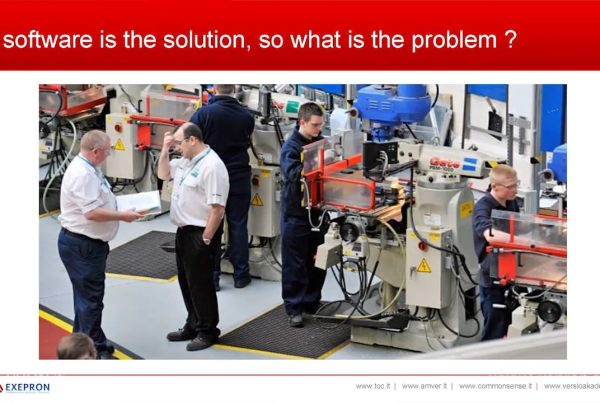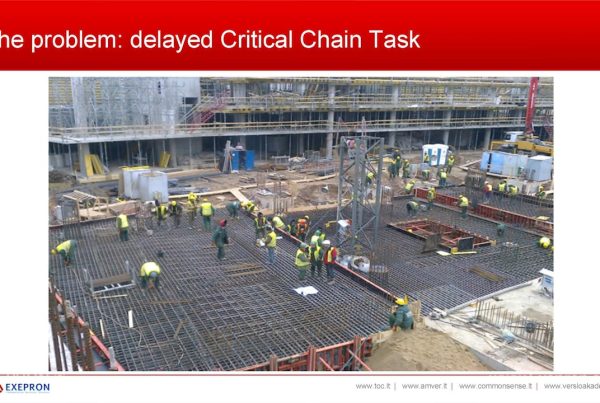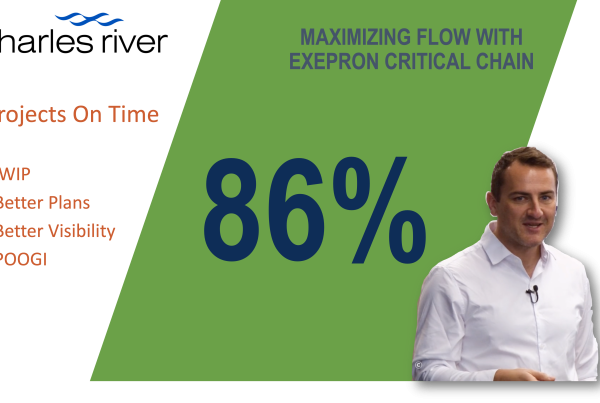Project Portfolio Management (PPM) tool sprawl is a silent productivity killer. While businesses adopt multiple project management tools with good intentions, the result is often chaos—redundant data, fractured communication, and inefficiencies that slow decision-making. Instead of streamlining workflows, tool sprawl creates a maze of disconnected platforms, leaving teams struggling to stay aligned.
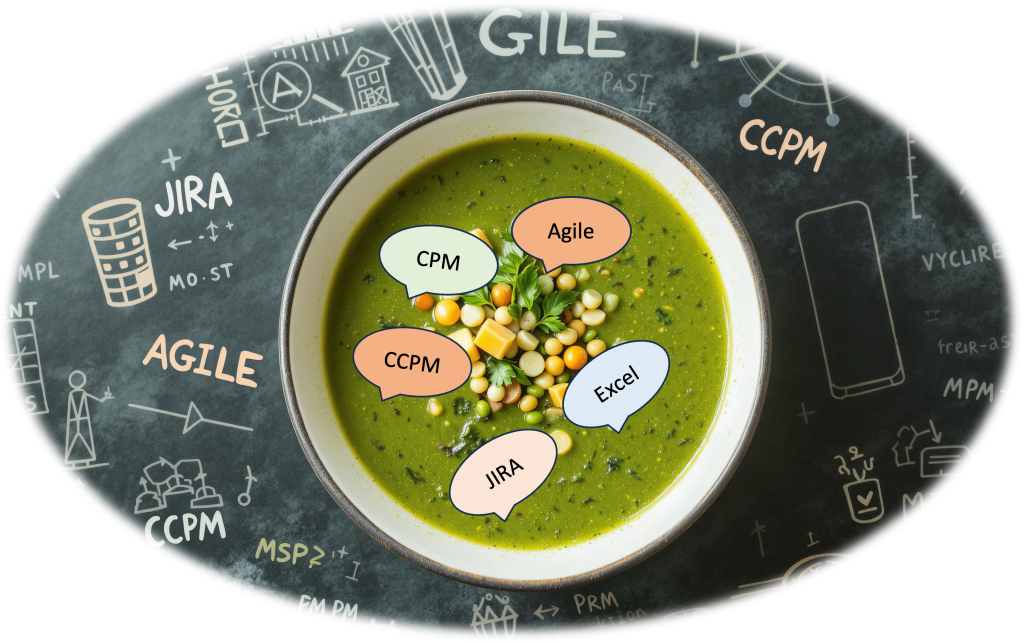
What is PPM Tool Sprawl? Why It’s Hurting Your Project Portfolio Management
Project Portfolio Management (PPM) tool sprawl occurs when organizations accumulate multiple project management tools, leading to inefficiency, misalignment, and poor collaboration.
Organizations suffering from PPM tool sprawl find that different teams use conflicting methodologies, terminology, and scheduling conventions. One group works in Agile tools like Jira or Monday.com, another uses MS Project, and others track progress in spreadsheets. The result? A chaotic, disjointed workflow reminiscent of the “Tower of Babel”—where everyone speaks their own language but no one understands each other.
How PPM Tool Sprawl Happens—and Why
Modern businesses adopt digital tools to improve operations, but without a clear strategy, tool sprawl emerges as teams bring in their preferred platforms. Instead of integrating seamlessly, these tools often create more complexity, hindering visibility and collaboration.
Each new tool promises to fix a specific problem, but when multiple applications overlap, decision-makers lose the ability to track actual progress across projects. This leads to:
- Redundant functionality – Many tools perform similar tasks but operate in silos.
- Data fragmentation – Information is scattered across different systems, making it impossible to see the big picture.
- Misaligned priorities – Different teams use tools with conflicting scheduling and reporting structures.
- Overcomplicated workflows – Instead of simplifying processes, too many tools make project tracking more difficult.
PPM tool sprawl occurs not from a single tool but from accumulating too many uncoordinated tools that lead to inefficiency. Without a cohesive strategy, organizations face disconnected workflows that hinder decision-making.
The Impact of PPM Tool Sprawl on Business Operations
The consequences of tool sprawl extend beyond IT. When organizations lack a centralized, effective PPM solution, they suffer from:
- Reduced Visibility – Project managers struggle to get a clear, real-time overview of project progress because data is scattered across multiple systems.
- Decreased Performance – Teams waste time switching between tools, manually syncing data, and resolving miscommunications.
- Data Mismanagement – Poor integration results in data silos, inconsistencies, and duplicated work, making accurate forecasting difficult.
- Resource Drain – More tools mean higher costs in licensing fees and wasted hours spent on inefficient processes.
- Poor Cross-Team Collaboration – Each team uses an independent application, which causes projects to suffer from misaligned deadlines, conflicting priorities, and a lack of unified reporting.
Why PPM Tool Consolidation is Critical
Organizations that streamline their PPM environments experience better efficiency, visibility, and collaboration. This is especially crucial in project portfolio management, where strategic alignment determines business success.
Key benefits of PPM tool consolidation include:
- Improved Data Access – A single, integrated system ensures all stakeholders work from the same real-time data.
- Greater Context for Decision-Making – Leadership teams understand project priorities, bottlenecks, and resource allocation.
- More Efficient Resource Management – Reducing the number of tools decreases licensing costs and frees teams from unnecessary administrative work.
How to Fix PPM Tool Sprawl
To regain control over project management tools, organizations should:
- Define Key Business Goals – Identify essential functionalities to support project portfolio success.
- Audit Existing Tools – Determine which tools provide real value and eliminate redundant or ineffective ones.
- Standardize on a Single PPM Solution—Choose a disciplined, enterprise-grade PPM system that integrates all essential functions. Consider using a system that can accommodate a phased build plan, with complete dependencies on the required tasks and the supporting Agile Activities inside each Task.
- Centralize Oversight, Capture Workface Intelligence—Implement a unified dashboard to monitor projects, schedules, and resource allocation in one place: the project management office (PMO).
- Train Teams for Maximum Utilization — Ensure that the core of the PMO team understands the full capabilities of the selected PPM solution to extract the most value.
Preventing PPM Tool Sprawl in the Future
Preventing future tool sprawl requires discipline. Before adopting a new tool, organizations should ask:
- Does this tool align with our core project management objectives?
Shorter Lead Times and 100% Delivery Performance with Lower Cost! - Can we achieve the same functionality with our current multi-tool PPM system?
- Will this tool improve or fragment our workflows?
Regular audits ensure that tools remain relevant, effective, and aligned with organizational goals. By maintaining a structured PPM environment, companies can avoid unnecessary complexity and drive better project outcomes.
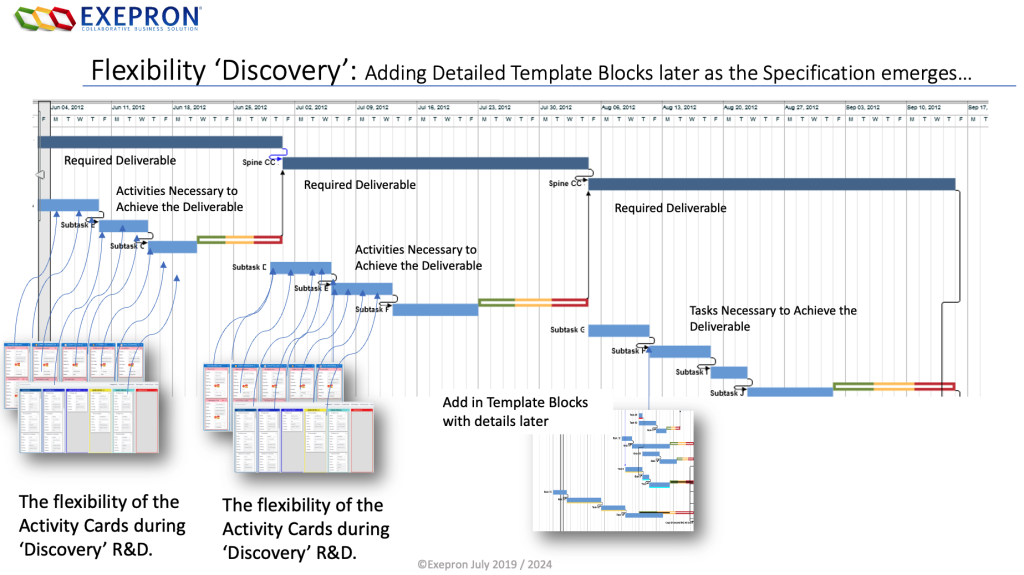
The Bottom Line
Attempting to streamline Resources, Tasks, and Activities by applying independent disconnected applications is the most inefficient approach to achieving the Global Business Objectives.
PPM tool sprawl is a silent killer of efficiency, visibility, and collaboration. When teams use a mix of Agile tools, spreadsheets, MS Project, Jira, and Monday.com, it creates chaos rather than clarity. The solution? A disciplined, singular PPM system that unites all project data, timelines, and priorities into one strategic framework. Eliminating tool sprawl isn’t just about cutting costs—it’s about reclaiming efficiency and driving more competent project execution.
Exepron provides a fully integrated, complete, end-to-end enterprise PPM solution.

